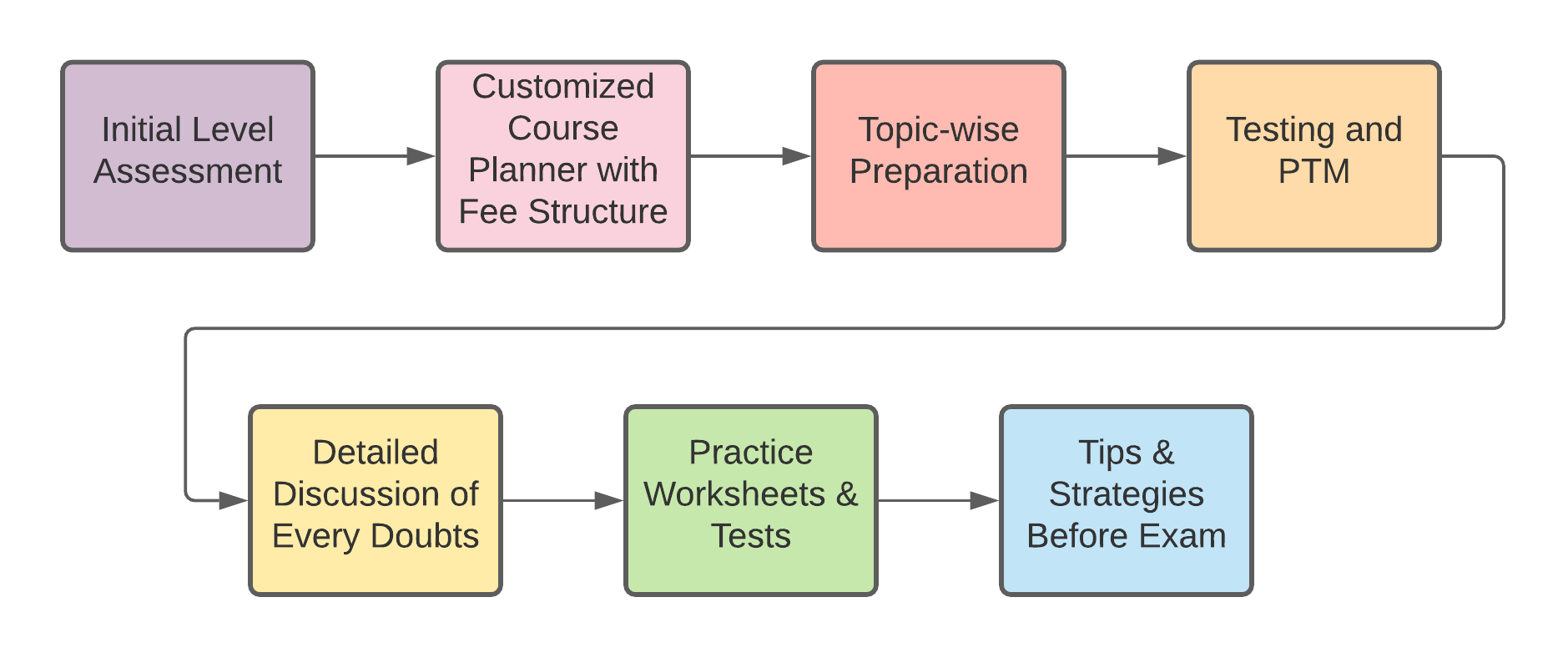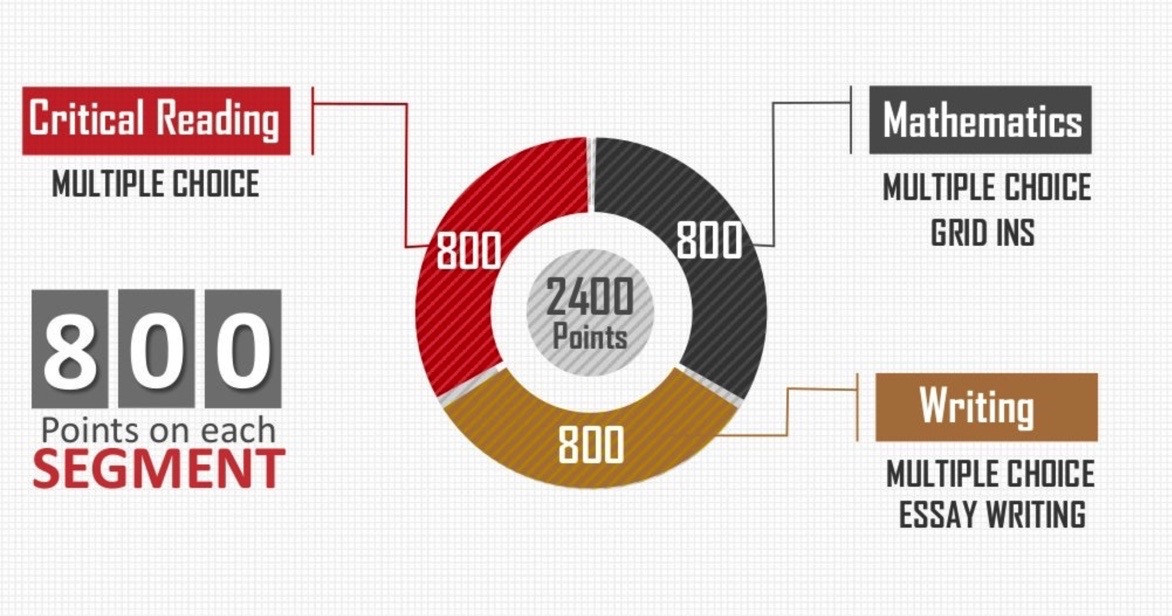What Is SAT?
SAT is a globally recognised standardised test that is taken for admission at US colleges. SAT provides a yardstick for colleges to compare students for admission to their various programs. Basically, SAT is of two types. They are- SAT Reasoning Test or SAT – I and SAT subjects test. Both the SAT test patterns follow different formats to evaluate a candidate’s knowledge and hence have different SAT syllabus. The SAT Test syllabus has been set keeping in mind the requirements of the two formats. Since SAT is attempted by students who are in their high school or equivalent, the SAT syllabus is also based at that level. Hence, SAT test is based on subjects taught in high school programs. According to the SAT syllabus, the total duration of the test is 3 hours. However, candidates will be given another 50 minutes for the Essay(optional). It has three sections: Reading, Writing and Maths.

What we do
Important Points
Method Of Preparation








